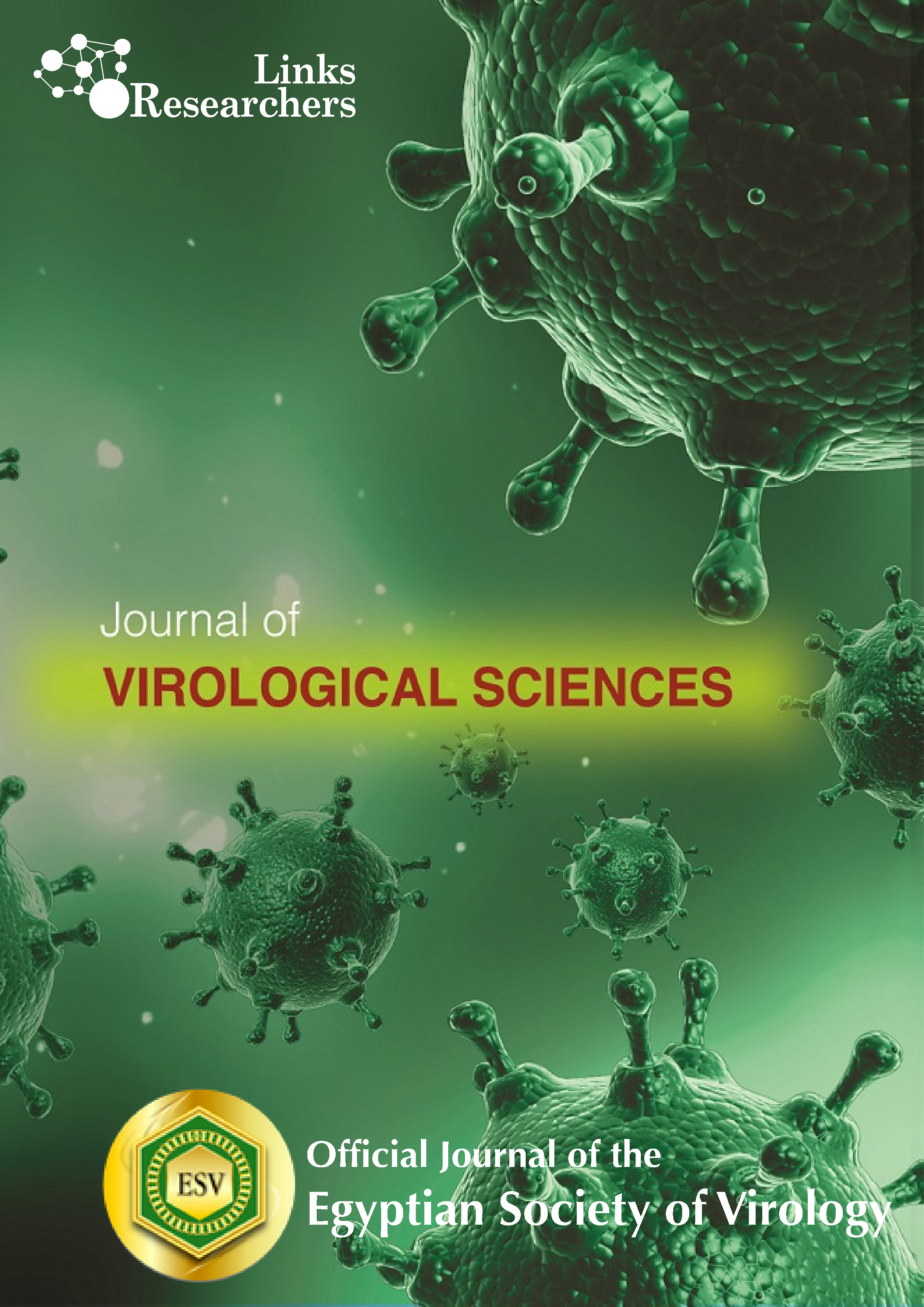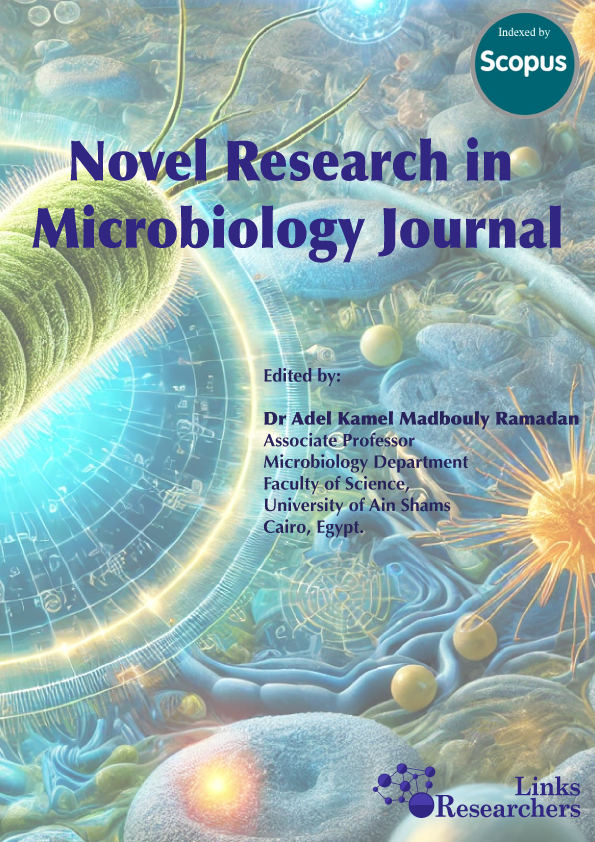Ramy A. Qabel1; Tarek F. El-Arabi2; Adel A. Shoukry1; Hassan H. Elsebaay1; Abdel-Aziz F. El-Hamahmy1
Stephen Chijioke Emencheta1, Chinelo Charity Eze1, Anthony Amaechi Attama2, Damian Ejike Agbo1 and Ebele Benedette Onuigbo1*
Stephen Chijioke Emencheta1, Anthony Amaechi Attama2, Ezinwanne Nneoma Ezeibe1, Adaora Angela Agubata1 and Ebele Benedette Onuigbo1*
Mohamed M. Bahr1, Mohamed S. Amer1*, Khaled Abo-EL-Sooud2, Shaimaa M. Kamel3, Marwa A. Fouly4, Ahmed N. Abdallah5, Ashraf A. Shamaa1, Omar S. El-Tookhy1
Eisa*, Nawal A.; Abd El-Ghafar **, N. Y. Abd EL-Mageed*, M.H.; Mohamed* , F.G. and Hasan*, Eman O.
Amina A. II. and M.K. Amin
Andrei V. Kozlov1,2; Artem V. Lyamin1; Aleksei A. Neilenko1; Anna V. Yanchenko1; Alena A. Ereshchenko1,2*
Nishat Zafar1*; Ashiq Ali2; Muhammad Yasir Afzal3; Qaisar Tanveer4; Sidra Bibi2; Irha Basit5; Huma Nasir1;
Shanzay Imtiaz3; Usman Nazir3
Dental plaques are notorious and lead to dental caries responsible for dental decay. Streptococci are the leading microorganisms associated with dental plaques. These are Gram-positive, normal microbial flora, non- motile, non-spore forming, and facultative anaerobes. These include Alpha, Beta, and Gamma hemolytic species. Streptococcus sp. produces a high amount of lactic acid through the fermentation of s...







